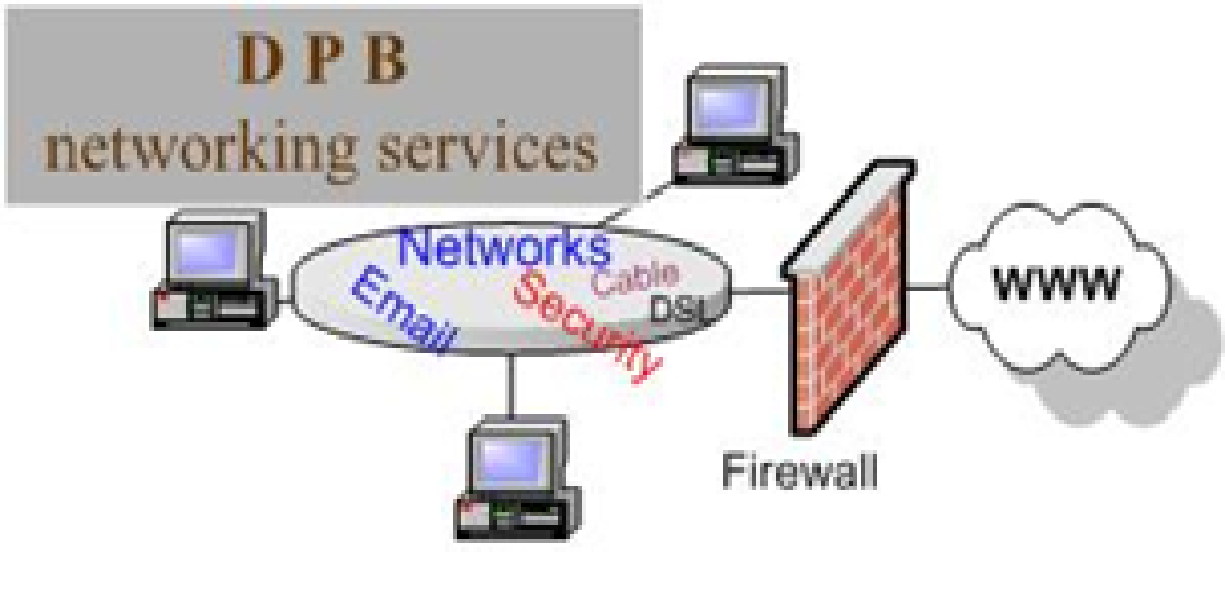Withdrawing from a Flat Fee Case
There inevitably comes a time in every attorney’s legal career when the most appropriate action is withdrawing your legal representation from a case. Perhaps your client is unreasonably uncooperative, or stops paying your fee. Have you ever tried to withdraw from a legal matter? It can be a challenging endeavor, especially when there is a dispute about the terms of the representation agreement. Suspending representation can lead to a formal complaint from the client or, in some cases, the judge’s denial of your withdrawal request. A flat fee arrangement, if done correctly, may effectively prevent these challenges, making the withdrawal process significantly easier.
An article by the American Bar Association explains that, when attorneys create engagement letters, they often use very general terms to explain their role. For example the agreement may simply state, “Attorney agrees to represent client in the XXX litigation matter against XXXX.” Terms like representation and assistance are extremely general and provide no real explanation for what work will actually be completed. This vagueness may leave you open to unpleasant consequences should the client disapprove of your withdrawal from the case.
Benefits of Fixed Fee Billing
In cases involving court appearances or interactions, a judge may make the ultimate determination about your ability to withdraw. According to an article on LawGives.com, it is not uncommon for the court to refuse an attorney’s motion to withdraw, effectively forcing you to continue representing someone who may not be paying you as agreed. When fighting for withdrawal in this type of situation, an ambiguous engagement letter may prove detrimental to your efforts.
With a detailed flat fee engagement letter, you may be able to stop your representation with minimal resistance or backlash. The LawGives.com author suggests that attorneys assign specific flat fee amounts to individual tasks within the engagement period, instead of creating one price for the entire matter. If you are using a legal project management system to determine an appropriate flat fee, you have already done the necessary work to list specific milestones within the matter. (If you are not familiar with legal project management, click here to learn the benefits of this valuable practice tool.)
With the use of separate flat fees, you can create a situation where you are free to withdraw upon completion of any individual task. Of course, as an attorney, you already know that nothing is guaranteed and in some circumstances, the judge will still have the last word. However, a detailed flat fee agreement eliminates, or at least greatly reduces, the ambiguity common to most traditional hourly rate engagement agreements.
I highly doubt that any attorney goes into a case expecting to withdraw before its completion, but things happen. You probably spend a significant amount of practice time protecting your clients from possible harm. Why not make the effort to protect yourself with LPM and a properly executed flat fee billing agreement?
Benefits of Fixed Fee Billing
About Erika Winston:
Erika Winston is a Virginia based writer with a passion for all things legal. As a former domestic relations attorney, she understands the challenge of determining the best fee structure for your practice. Erika is a regular contributor to TimeSolv and a variety of other publications.


















